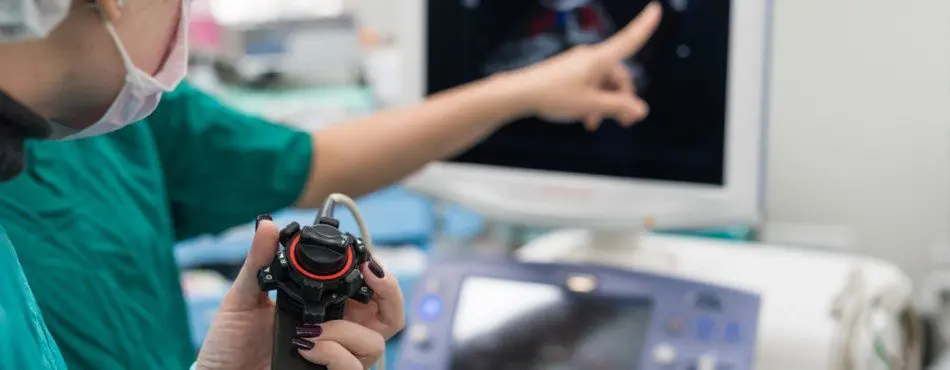
Prior to the procedure, you’ll be given a sedative via an IV to relax you, reduce the gag reflex, and cause short-term amnesia. Some people may need to be deeply sedated so they are completely asleep. The endoscope is then gently inserted into the upper esophagus.
This procedure is used to examine the lining of the esophagus, stomach, and upper duodenum for inflammation, ulcers, or growths. It can rule out disorders such as acid reflux or hiatal hernia. The physician uses a small camera, called an endoscope, which is inserted into the mouth and guided down the throat. The examination usually lasts from 5 to 20 minutes.
The upper GI tract can be host to many disorders because of a variety of issues related to what we eat, the environment, genetics, and infection. Upper GI endoscopy helps diagnose and often treat the following conditions:
Don’t eat or drink anything for at least eight hours prior to the exam.
Your physician will tell you whether to use or discontinue the use of your regular medications before your exam.
Someone must come with you to the examination because you’ll be taking medications to sedate you during the procedure, which may impact your judgment and reflexes.
Download Consent or Procedure Forms below, fill them out and bring them with you to your appointment.